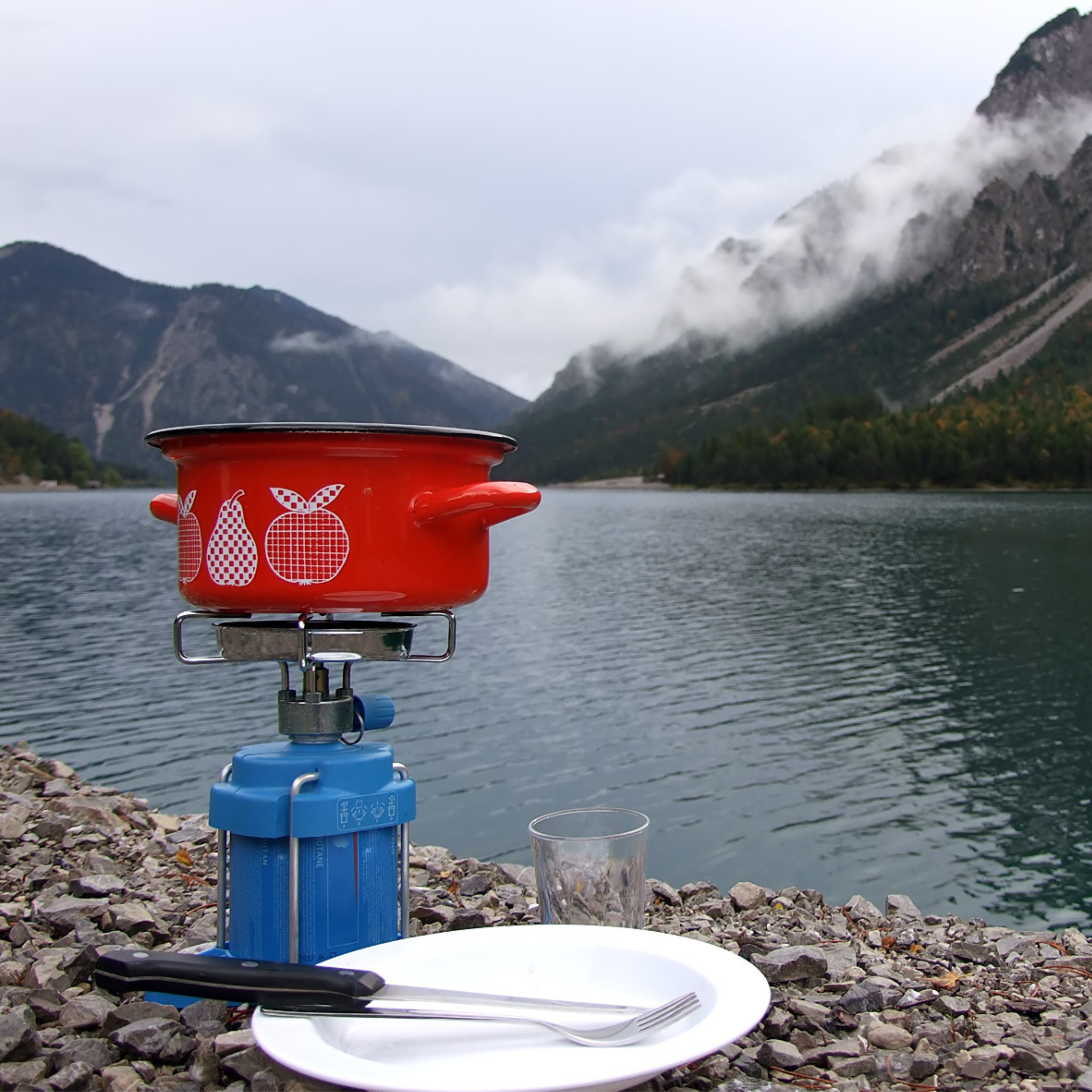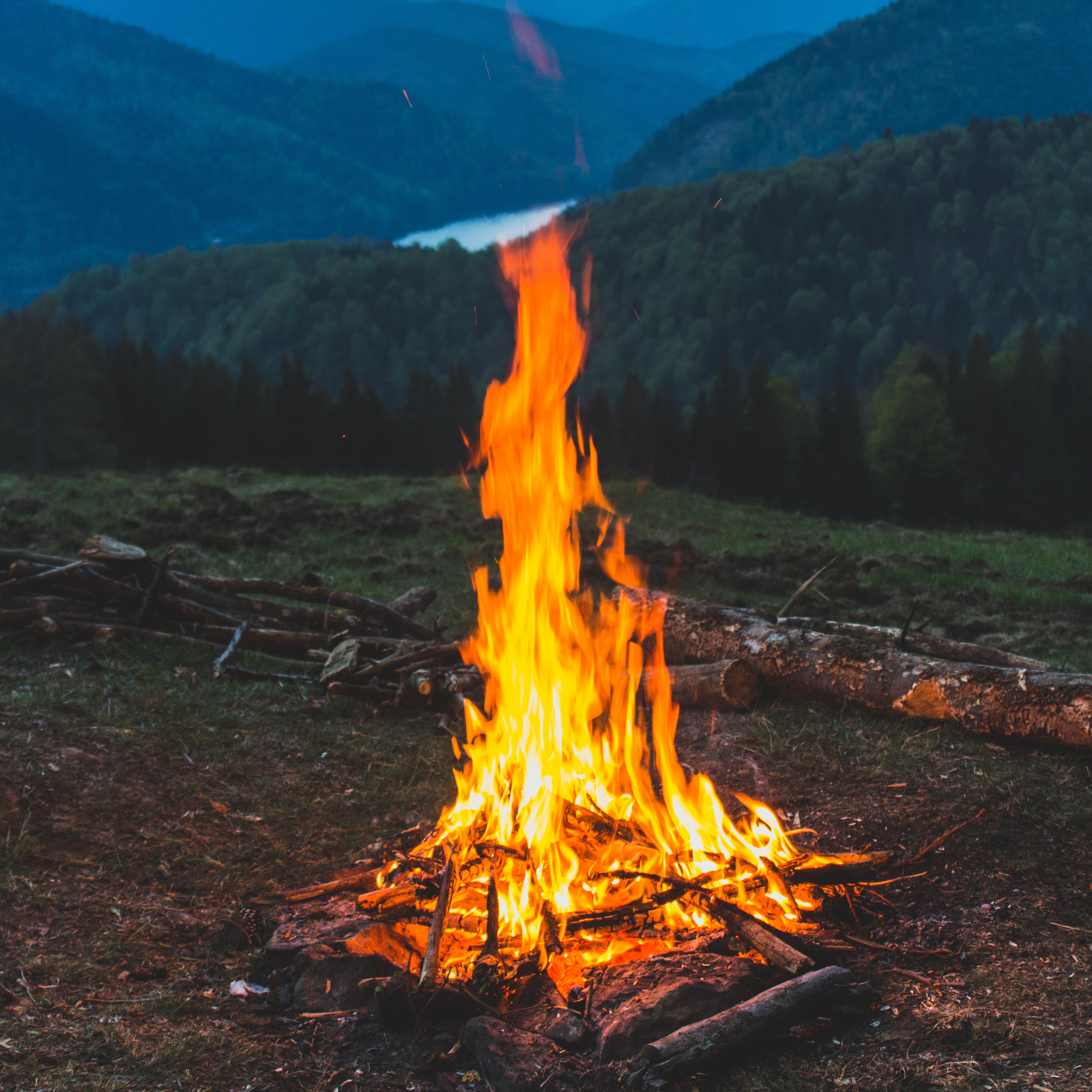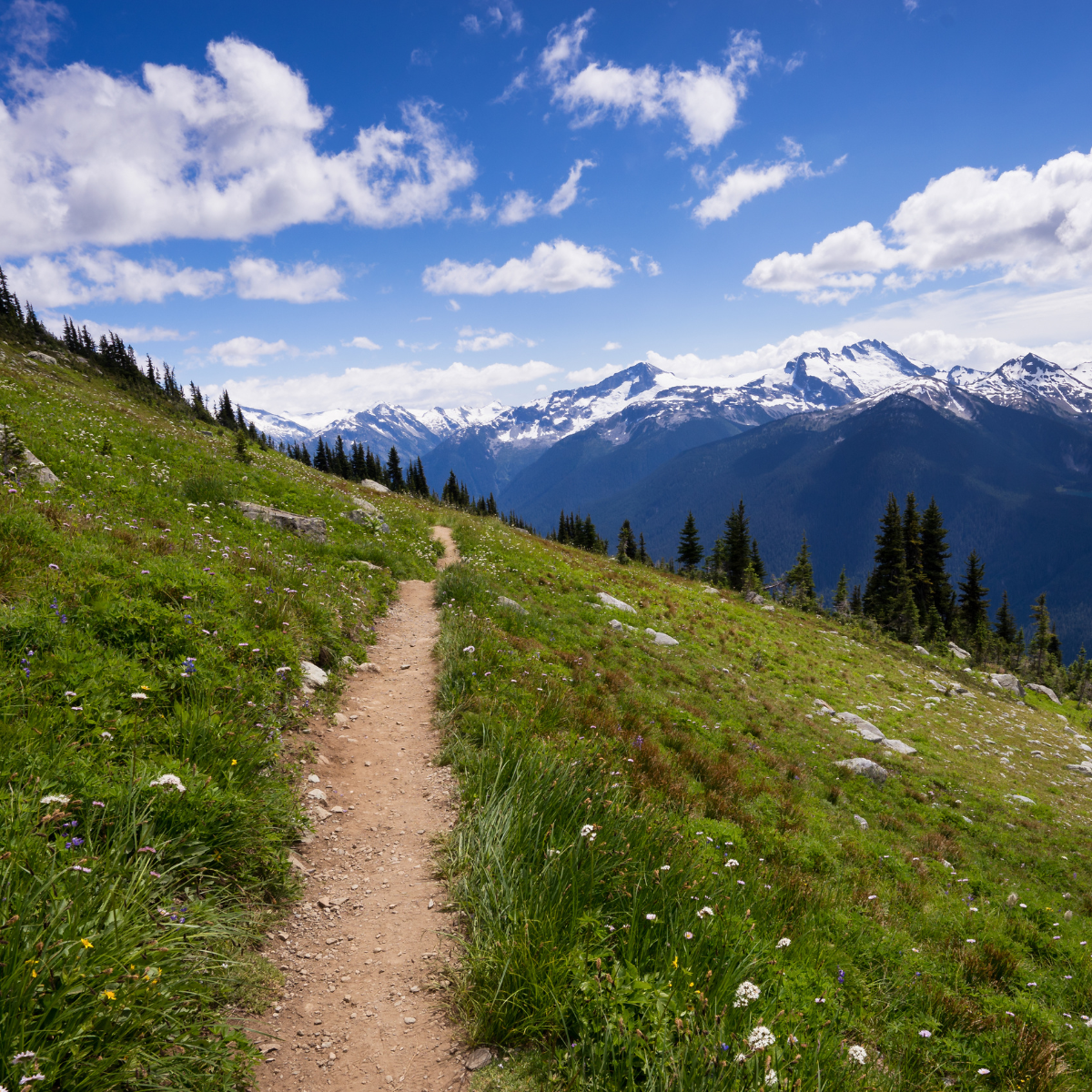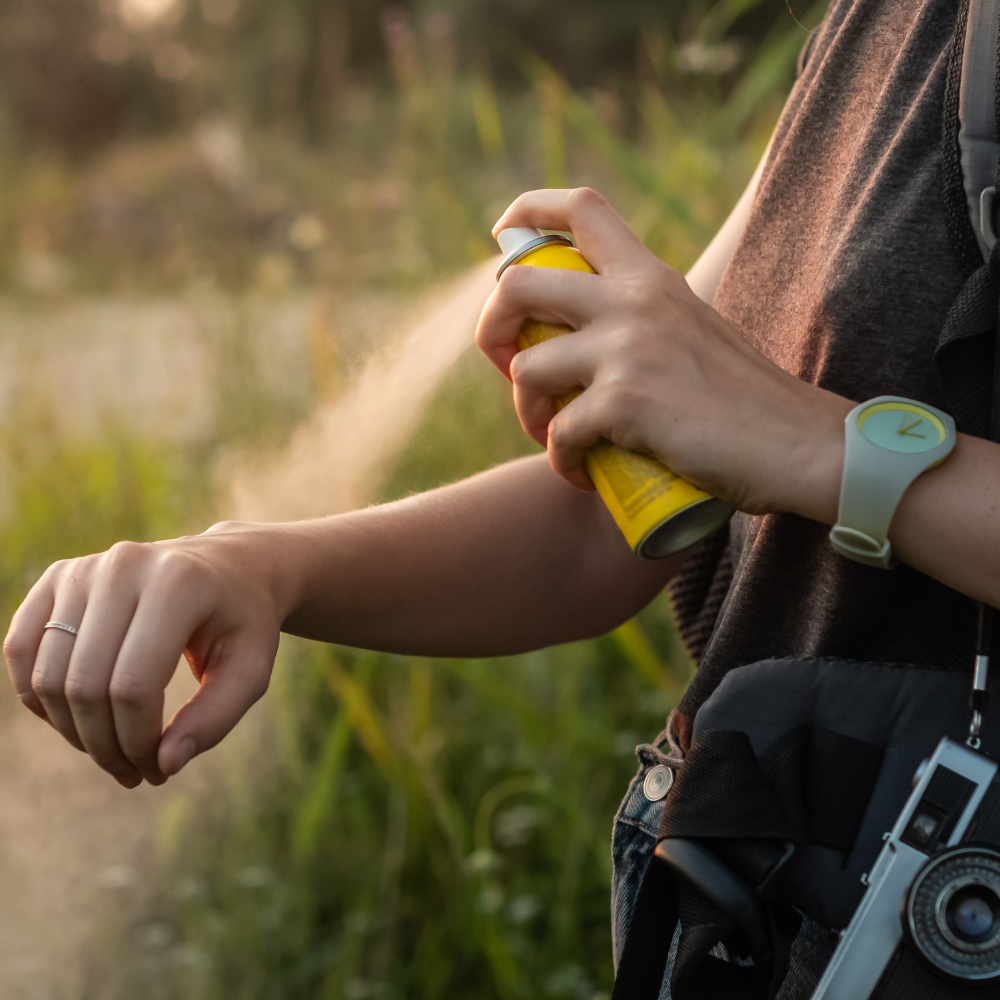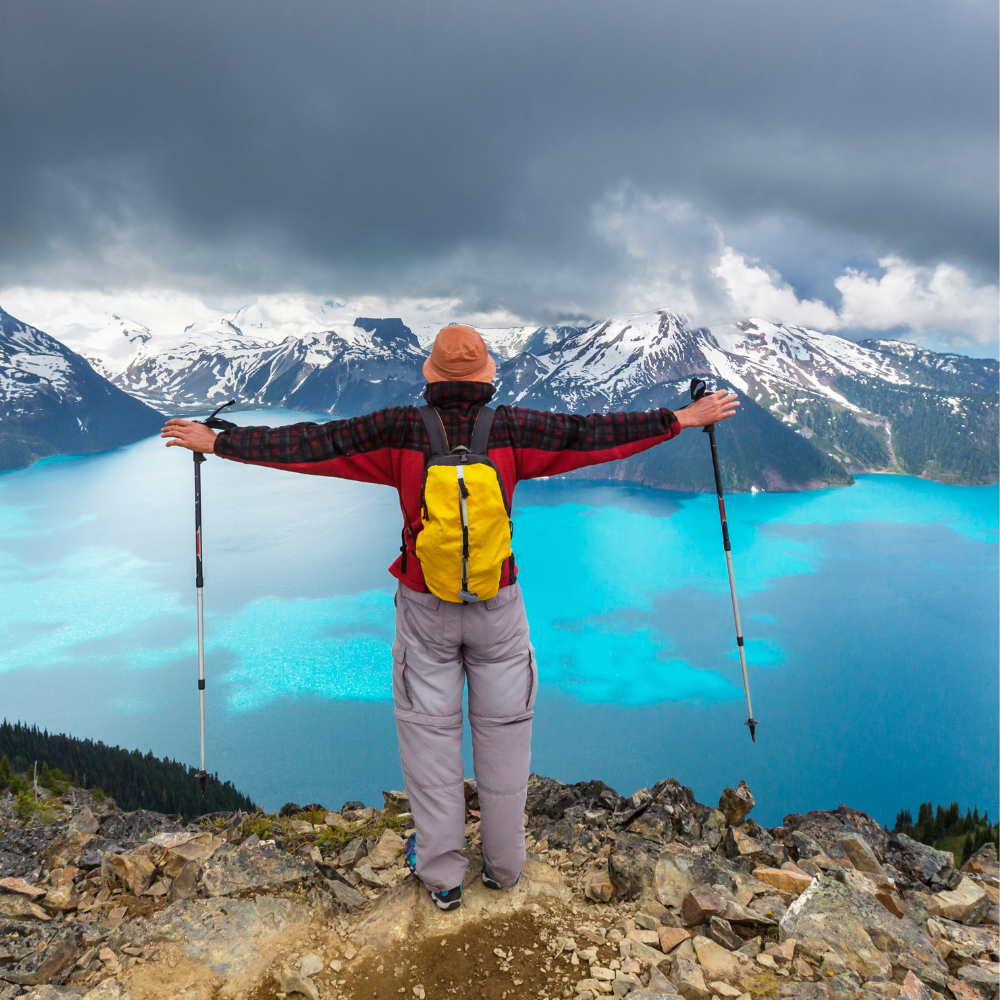Don't be that traveller: A no-nonsense guide to low-impact exploring
The weather is warming up (finally!) and for Canadians or backpackers exploring Canada, that means it’s time to get outside. The time is now to hike, trail run, jump in a kayak, or plan a picnic with travel buddies. Whether you’re heading out for a wild and rugged backcountry loop, scanning treetops for birds, or restarting your cycling routine, spring until early fall in Canada is time for enjoying nature.
But while you do that, keep the outdoors—and its wellbeing—as a top priority. Our parks, rivers, and lakes might seem plentiful, but know that they’re still vulnerable to toxic substances and severe weather. In recent years, we’ve seen some of the worst forest fire seasons to date. Canadians have seen severe flooding, unseasonal weather, and increased pollution in our waterways. Environmental issues can seem like a losing battle—particularly for folks who really care about the outdoors—but there’s also power in knowing how you can change your habits to protect the spaces you love.
So how do we explore better—and take our purpose outside beyond just social media reels or making memories? Here, a guide to ethical and low-impact practices.
Observe Leave No Trace practices
You’ve probably heard the phrase “Leave No Trace.” What actually is it? The “Leave No Trace” philosophy is a set of seven core ethics meant to guide how we move through nature without damaging it.
These include: planning ahead. Know what to expect, where you’re going, what rules are in place, and safety precautions to take. Stick to durable surfaces, like rock, gravel, or established trails to avoid killing plants or damaging sensitive surfaces. Take out what you bring in (like wrappers, toilet paper, and fruit peels) and also leave what’s there. (As tempting as it may be to pick the flower and dry it at home, it’s best left as is.) Minimize campfire damage by using a camping stove when possible or sticking to designated fire rings, and always obey fire bans—that’s a big one in Canada! Respect wildlife by observing from a distance, storing food securely, and never feeding animals (no matter how cute they look). Lastly, be considerate of others—which includes sharing trails, and yielding appropriately. These are the guidelines rules in a nutshell.
Understand fire bans and restricted areas
If you’re Canadian, you already know that this is probably the number one way to be mindful outdoors. Places like B.C. and Alberta typically have extreme forest fires during the summer and if you’ve spent time in these regions during this time of year, you may have witnessed fires and bans.
If this is new to you, fire bans aren’t suggestions—they’re critical safety measures. They usually include not having open flames, cigarettes, or fires of any kind and staying away from zones where there’s an active wildfire or forest fire prevention happening. Our wildfire fighters work tirelessly, and so much of our country has been burned in the recent past. As a respectful adventurer, do your research, respect no-go zones for hiking and cycling, and if you do run into those whose job it is to protect our forests, offer something in the way or thanks or encouragement.
Know where you’re allowed to star-gaze, swim, or hike
You may have an adventurous heart but on your road-trip or wilderness stay in Canada this season, do your research to know where you’re welcome—and where your presence is discouraged. Not every spot you stumble across is fair game. Wild camping, foraging, off-trail hiking, and stumbling across secret swimming holes can be some of the best summer memories. By all means, do those things. Just make sure to keep an eye out for trespassing signs, rules, and regulations. Use trail apps and provincial park websites to double-check what’s allowed. Or, double-check at your hostel.
No one wants to be that hiker who swam and accidentally polluted a protected lake. And you especially don’t want to be the person who did that, Instagrammed it, and encouraged everyone else to do the same.
Limit toxic substances on skin and gear
So, you might read the “Leave No Trace,” policies and think, “Okay! Simple!” It’s not like you’re the kind of person to litter, discard all your trash on the trail, or trample through a fresh patch of flowers. But what you might not realize is that some of the substances you wear or carry can have harmful effects.
That eco-friendly bug spray? It’s more important than you think—especially if you’re swimming in lakes or rivers. Many conventional sunscreens, waterproof gear sprays, insect repellents, and soaps contain ingredients that harm nature. An ethical traveller might want to look up biodegradable and reef-safe products, skip the fragrance-heavy sprays, and avoid washing directly in natural water sources. And also, this isn’t just for the woods, it’s about you too. If it’s better for nature, it’s probably also better for your own body.
Be cautious of the resources you use
Your impact on outdoor spaces doesn’t begin and end with the multi-day trek or wilderness adventure. You might do your best to research, observe local bans or suggestions, and leave no trace, and that’s great. The next step though, is changing everyday habits to make nature and the environment a top priority. And no, we’re not going to suggest reusable bags and water bottles because that advice is common knowledge by now.
Instead, consider how much water you use at home and how you can reduce that. Think about the gas you may be burning unnecessarily when a walk, bike commute, or public transit might do the trick. How much electricity do you waste each week without even noticing? And finally, are there systems like composting, catching rainwater, re-using water for plants, planting a home garden, or creating low-electricity days that you can add to your lifestyle and routine?
We’ve all heard of ethics enforced through things like meatless Mondays, shopping local, or ditching fast fashion. From an ethical environmental perspective, what if we were to add things like a low-electricity evening twice a week where you swap all screens for a book or star watching? Or, what if you were to research businesses that repair electronics, appliances, footwear, and outdoor gear to extend their lifestyles?
Practice environmental gratitude
Finally, there’s so much to be said for being grateful for the natural spaces that give us these 10/10 summer days. So this suggestion is less about an action and more about a mindset. It’s devastating but true that these glacial lakes, rushing waterfalls, mossy ledges, and flower-covered fields just aren’t going to be here forever.
When you do get to experience them, pause for a second and let that hit you. These spaces won’t be here forever so it’s incredible to get to see them as they are right now. These moments of appreciation would go so far if everyone (particularly those in control of the environment’s fate) would take a moment to be truly appreciative. Being grateful for the land, and the people who have cared for it, builds a deeper connection.
Ethical travel isn’t about being perfect—it’s about being intentional. Canada is known for its natural beauty and us Canadians literally wait so much of the year to be able to enjoy it fully. The more we think about our impact and acknowledge that we can always do better, the more we’re able to enjoy nature without harming it. So with these tips in mind, book the wilderness trip, dust off those hiking boots, sign up for the climbing adventure you've always wanted to try, and get out there!

